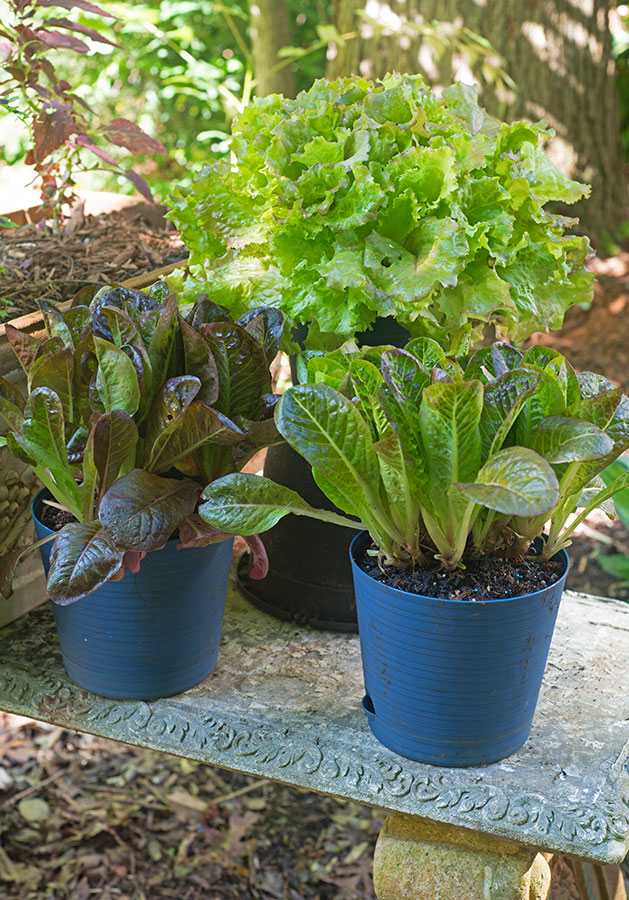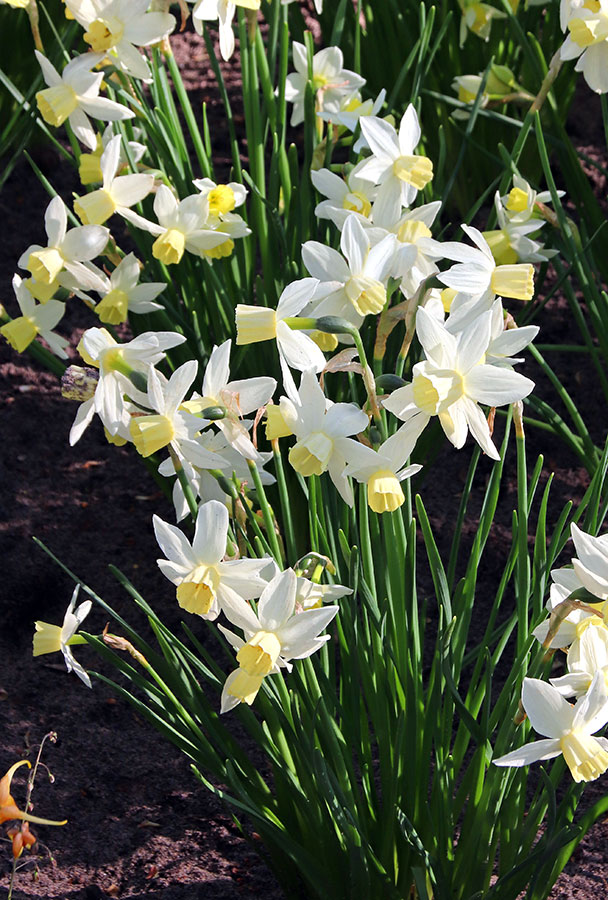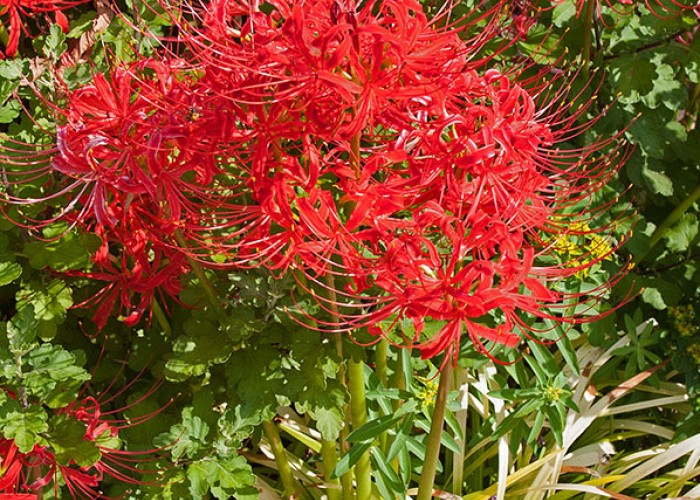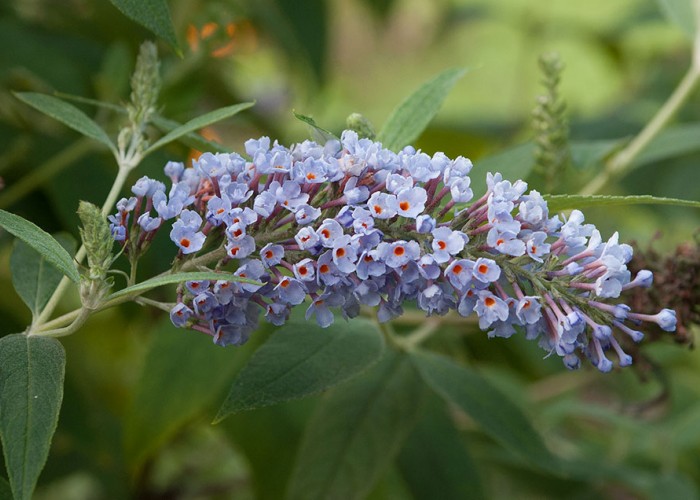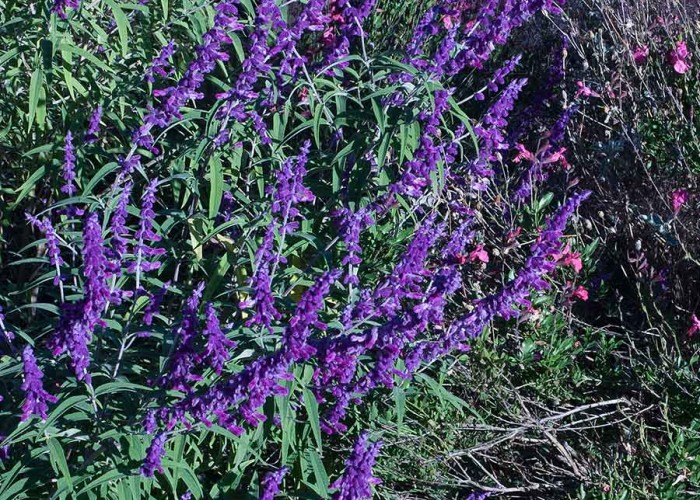Keep Things Growing this Fall with Loose-leaf Lettuce
Plus Garden To-Do’s for September
By L.A. JacksonThe summer vegetable garden is beginning to wind down, but there are still opportunities with home-grown edibles to be had — it’s time to switch gears and get growing with cool-season vegetables. One of my favorite veggies to crank up this time of year is loose-leaf lettuce, which is easier to grow than the common head lettuce and more nutritious. Plus, it’s very tasty—salads and sandwiches just don’t have the edible oomph without it.
September is a good month to start loose-leaf lettuce by seed or plants, but in the upper elevations of our state, go with starter plants early this month to get a good crop going before any early hard freezes bite. For the rest of the state, starter plants are also a good idea to be munching on crunchy lettuce as soon as possible.
Although they take longer to mature, seeds do have the advantage of being easy to find. In addition, you will have more cultivar choices to pick from if you go with seeds rather than starter plants.
One key to success with lettuce seeds is to plant them properly — they germinate better when kissed by sunlight. In an open, well-worked, heavily amended spot in the vegetable garden, scatter the seeds on top of the ground and lightly press them into the soil. Keep the seeds evenly watered and, when plantlets begin to sprout, thin them out to a couple of inches apart. To extend harvest time, pick the outer leaves first on mature plants.
While the veggie patch is the typical place to grow loose-leaf lettuce, I’ve started turning some into potted pleasures. Even common varieties such as “Green Oak” and “Black Seeded Simpson” are pretty little plants, so adding them to containers six inches in diameter or larger on decks and patios creates feasts for the tummy as well as the eyes.
Although they take longer to mature, seeds do have the advantage of being easy to find. In addition, you will have more cultivar choices.
Looking for more visual zing? Try “Red Sails,” “Red Oak” or “Lollo Rossa,” all popular cultivars that sport frilly foliage dipped in shimmering shades of crimson.
Last year, just to grow something different, from Johnny’s Selected Seeds (johnnyseeds.com), I tried two eye-catching romaine varieties that are close in looks and taste to the loose-leaf clan: “Truchas,” a dusky delight with smooth, dark leaves and the similar, but lighter colored “Breen.” And from Southern Exposure Seed Exchange (southernexposure.com), I just couldn’t resist the frizzy sass of “Drunken Woman” (although no telling how it got that name).
Garden To-Do’s for September
- The beginning of autumn will find garden centers starting to offer seasonal selections of fall-planted, spring-blooming bulbs, and while buying early will get you the best selections, planting early will result in a poor flower show next year. Let the soil cool down so the dormant bulbs won’t be encouraged to start growing too soon. Late October well into November is the best planting time.
- Keep your store-bought bulbs in a cool, dark place. The refrigerator makes an ideal “chiller” as long as the bulbs are kept away from ripening fruits, which emit ethylene gas that has detrimental effects on the bulbous sleeping beauties.
- Indoor plants that have vacationed out on the porch or patio this summer should be returned inside before nighttime temperatures dip into the 50s. While moving them, check their leaves carefully for bugs and (especially) clusters of insect eggs.
- Herbs from the garden such as chives, oregano, parsley, mint, lemon balm or thyme that have served you well in the kitchen this growing season can be divided, potted up and brought inside to grow on sunny window sills to continue providing fresh zest for winter dishes.
-
More September Gardens
-
Share this story:

